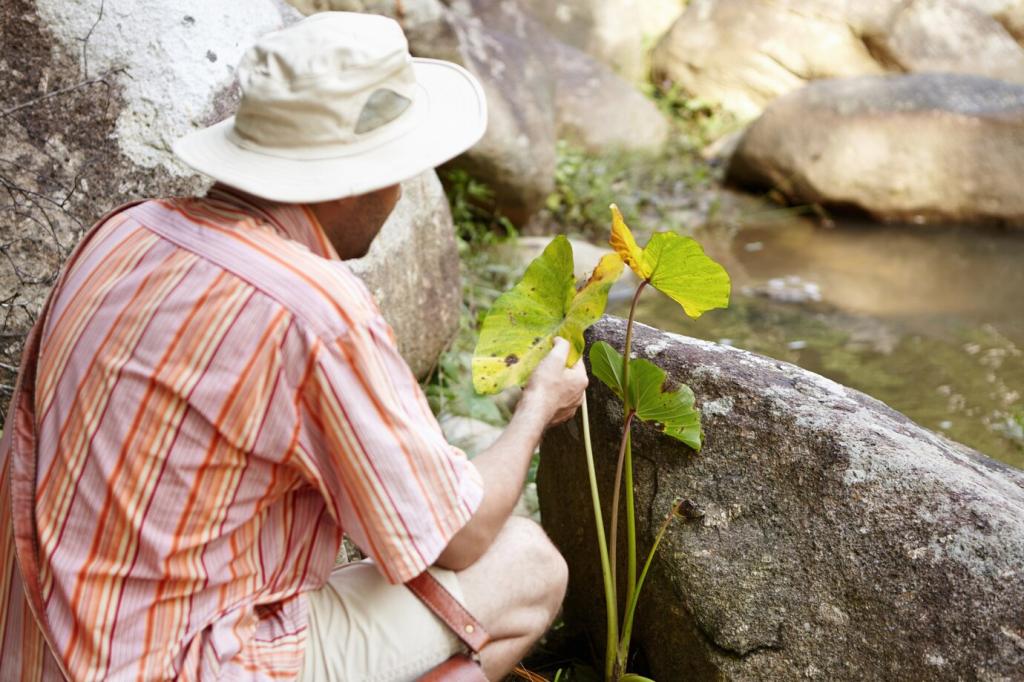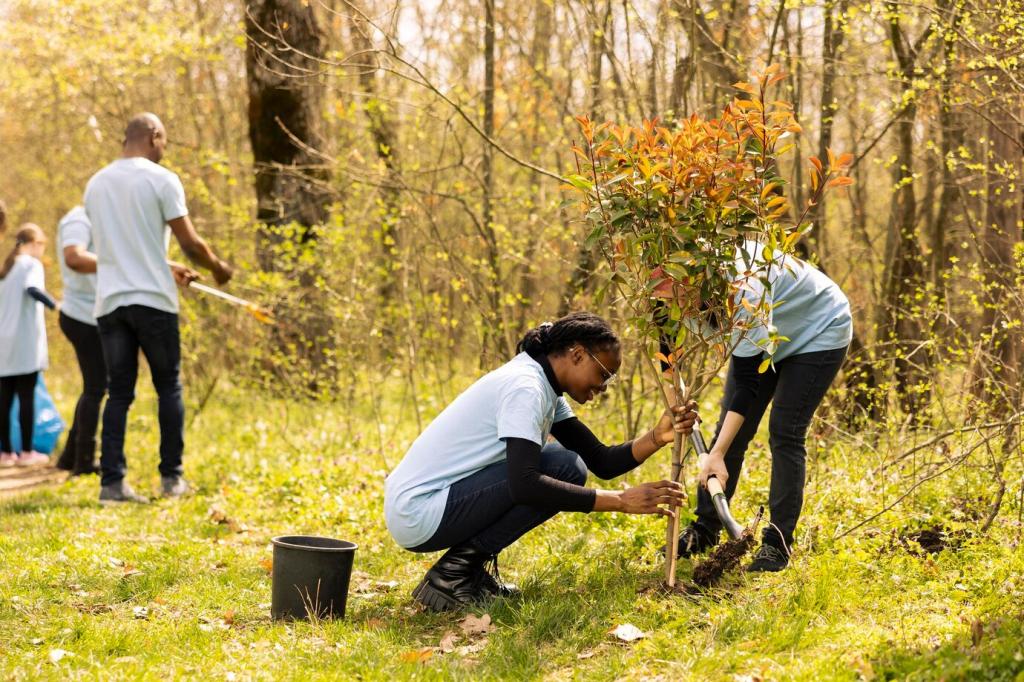
Challenges and Solutions in Urban Microforest Development
Chosen theme: Challenges and Solutions in Urban Microforest Development. We explore real-world obstacles and practical fixes that help tiny forests thrive in big cities. Dive in, share your experiences, and subscribe to follow field-tested ideas and inspiring community stories.
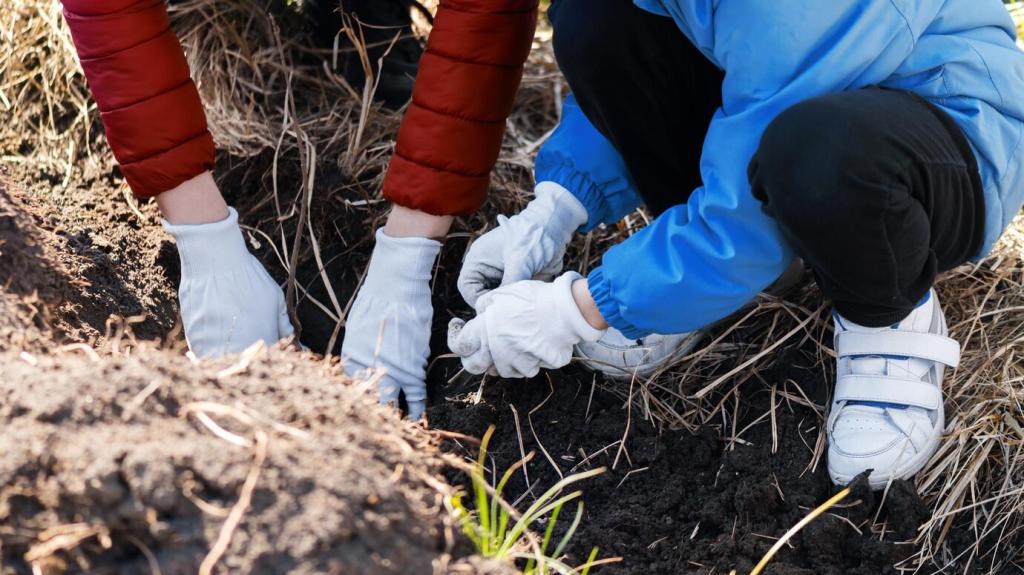
Harvesting every drop
Cut curbs to accept street runoff, direct roof downspouts into swales, and add mulch basins around clusters. Even small depressions slow, spread, and sink water into the root zone. Tell us how you secured permission for curb cuts or adapted rain barrels for steady summer flows.
Surviving heatwaves
Deep mulch, temporary shade cloth, and early-morning watering reduce stress on tender leaves. Choose species with proven urban heat tolerance and stagger plantings to avoid peak heat windows. Share your heatwave playbook and any tricks for preventing sunscald on young, smooth-barked trees.
Coping with floods and salts
In flood-prone or salted streetscapes, raise beds slightly, use salt-tolerant natives, and design overflow routes. Diversify species to hedge against episodic stress. Post your planting palettes for tough roadside conditions and what has actually survived multiple winters with road salt.
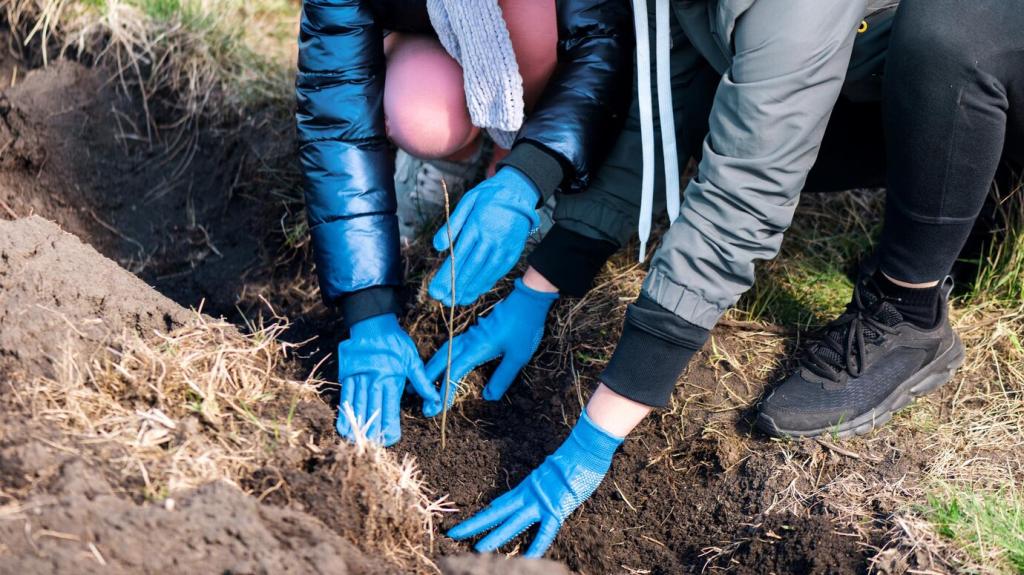
Biodiversity Through Native, Layered Planting
Selecting locally adapted species
Use local floras, indigenous knowledge, and herbarium records to guide species choice. Prioritize nursery stock from regional seed sources. If supply is limited, phase plantings rather than settling for non-adapted varieties. Which native nurseries or seed banks have supported your projects best?
Layering for resilience
Plant densely with canopy pioneers, subcanopy companions, and shrub thickets to create living shade and wind protection. Layering accelerates leaf litter, moisture retention, and microhabitat formation. Share your favorite combinations that establish quickly without constant watering or staking.
Microhabitats that multiply life
Add log piles, leaf islands, and small stone clusters to host fungi, beetles, and solitary bees. Keep edges messy but legible with gentle borders and interpretive signs. Have kids help track first sightings—ladybugs, wrens, or hoverflies—and post your seasonal biodiversity highlights.

This is the heading
Lorem ipsum dolor sit amet, consectetur adipiscing elit. Ut elit tellus, luctus nec ullamcorper mattis, pulvinar dapibus leo.

This is the heading
Lorem ipsum dolor sit amet, consectetur adipiscing elit. Ut elit tellus, luctus nec ullamcorper mattis, pulvinar dapibus leo.
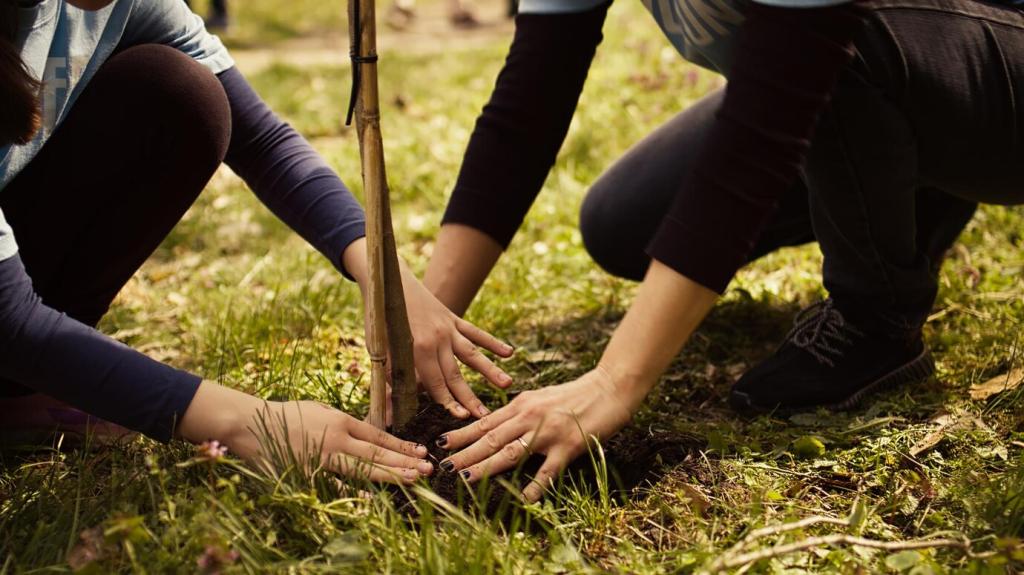
Streamlining approvals
Bring simple diagrams, safety notes, and a maintenance schedule to first meetings. Host site walks to build trust and surface concerns. Pilot a small test plot to demonstrate viability. Comment with your fastest path through permits and any templates others can adapt.
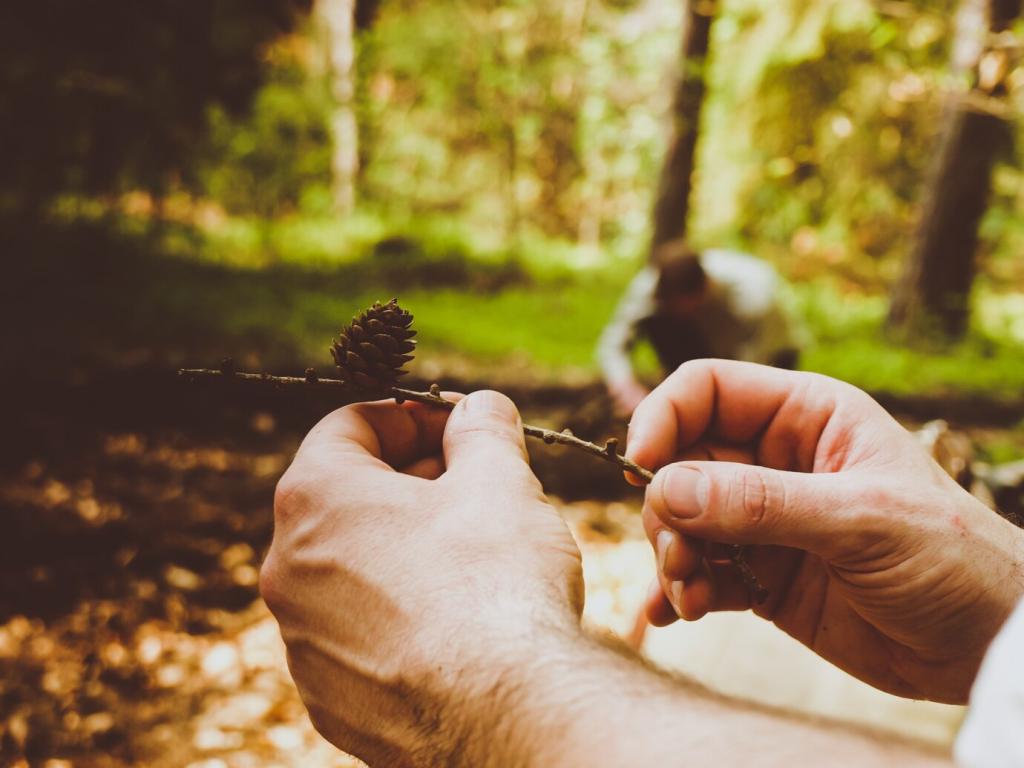
Clear roles and budgets
Draft memorandums that define tasks: watering, pruning, monitoring, and trash pickup. Identify funding for replacements and emergency watering. Train volunteers alongside city crews to align standards. What does your first-year budget include, and how do you handle unexpected costs?
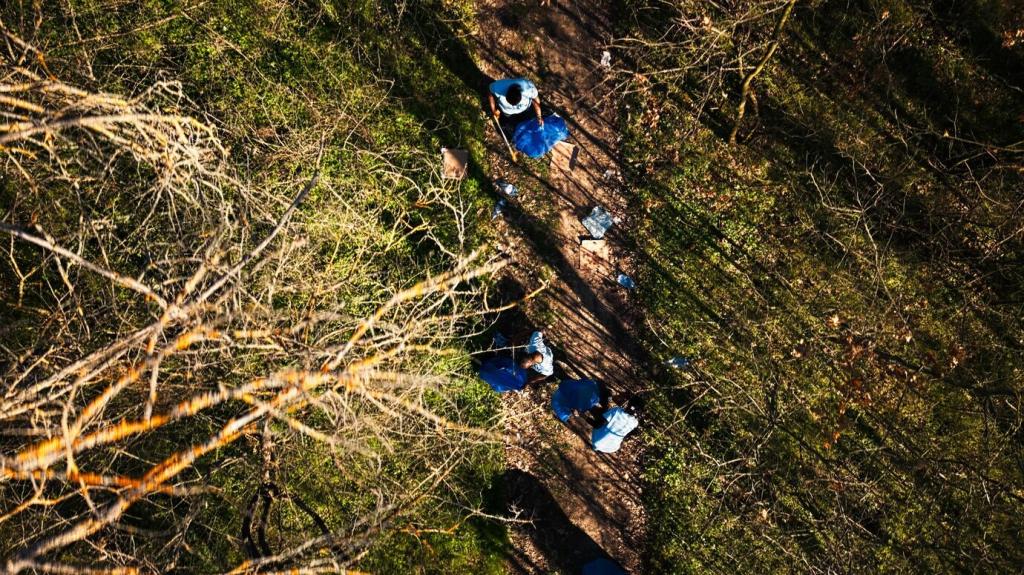
Allies beyond the planting day
Partner with schools, health clinics, and local businesses to adopt clusters. Offer workshops in exchange for sponsorships. Publicly share maintenance logs to keep accountability high. Tell us which partnerships have endured past the photo ops and why they worked.
Monitoring, Learning, and Adaptive Management
Record pre-planting soil tests, compaction, canopy cover, and species lists. Use repeat photo points and lightweight citizen-science protocols. Invite neighbors to log sightings and watering events. Which tools or apps make your monitoring both reliable and easy for volunteers?
